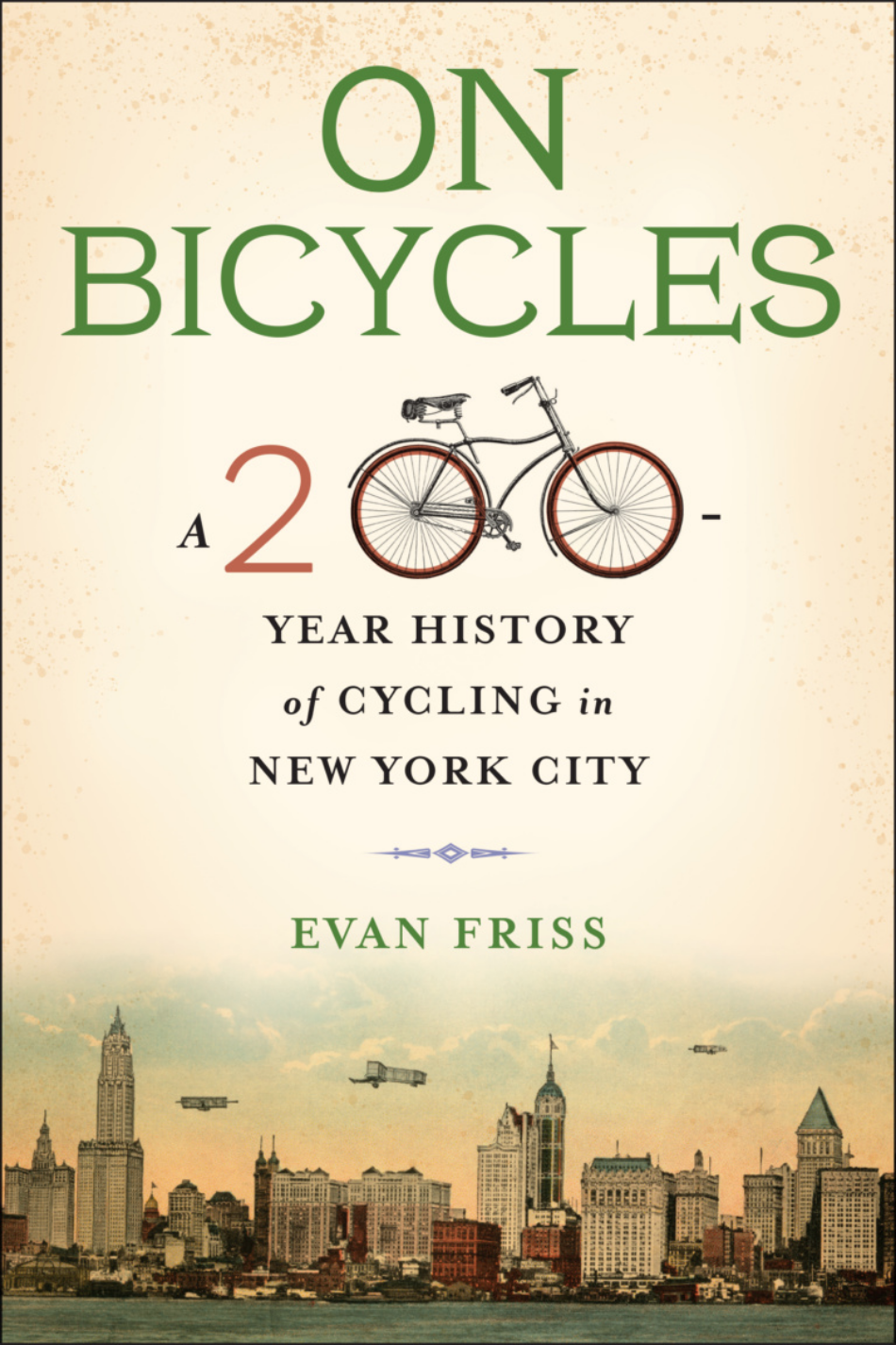Henry Chalfant: Art vs. Transit, 1977-1987
Reviewed by Katie Uva
On October 30, 1975, The New York Daily News thudded onto curbs, newsstands, stoops, and doorsteps around the city trumpeting the (paraphrased, but nevertheless evocative) attitude of President Gerald Ford toward New York: “Drop Dead.” There was no question that New York was in trouble: rising crime, declining quality of life, mounting public debt, and arson all plagued the five boroughs.
Read More








